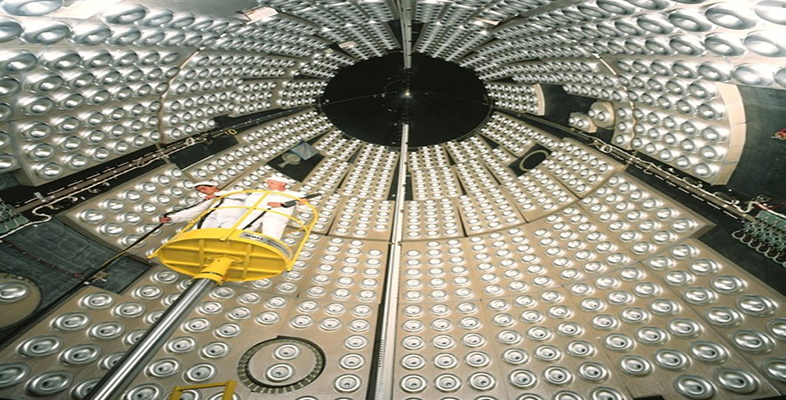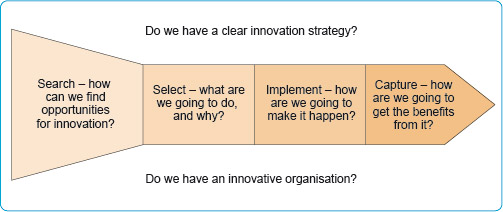6.5 Managing dynamics of change
For most organisations the days of just trying to optimise the production or delivery of a single product or service are long gone. Most organisations – whether commercial, public sector or not-for profit – are continually faced with trying to modify – and hence improve – their products or services: special versions are needed, a retailer wants an own-brand version, a national government introduces new health and safety regulations, or a market opportunity requires a simplified de-rated version. In short, the operations side of a business is forced to manage the dynamics of change on an almost continuous basis. Of course, managing change is not just restricted to managing technological change. As we made clear at the outset of this course, technological and organisational change go hand in hand.
Sometimes technological change leads to organisational change: the introduction of new ICTs has led many organisations to change their structure and operation/organisation. In turn, a new work organisation may demand new technical systems and technologies. An example from the service sector featuring an organisation that many people will be familiar with serves as a brief illustration. McDonald’s created an innovative mass production food preparation and distribution system which it combined with flexible on-demand delivery at local franchise outlets. This network now stretches around the world. The visible, innovative food products are therefore part of a much more innovative food preparation, delivery and distribution system.
The point we are making is that there can be a wide variety of changes that underlie new products or services, along with a wider range of operations for their production, and that it all has to be managed dynamically in an integrated fashion. Much of technological innovation management is actually about managing change. At its simplest, there are a wide range of IM activities, from just making things a bit better, tidying things up, good housekeeping if you like, to the revolutionary breakthroughs that put a person on the moon. Because the possible combinations of resources, people, time, money, products, processes, services and systems can be extremely large – as the lists in Section 6.3 illustrate so clearly – there are many ways of managing technological innovation. As a result, there are lots of opportunities for getting things right and lots more for making mistakes as we try to understand what it is that we are trying to manage. Often there is no single right answer, but there are wrong ones, and lots of better ones worth striving for.
The spectrum of TMI/IM activities ranges from the operational to the strategic. Each activity complements all the others; there is frequently no sharp dividing line between where one ends and another begins, and often two will interact, rather than one taking precedence over the other. This is illustrated by the very straightforward diagram of the innovation process (Figure 7), which can also be seen as a simple representation of innovation management.

